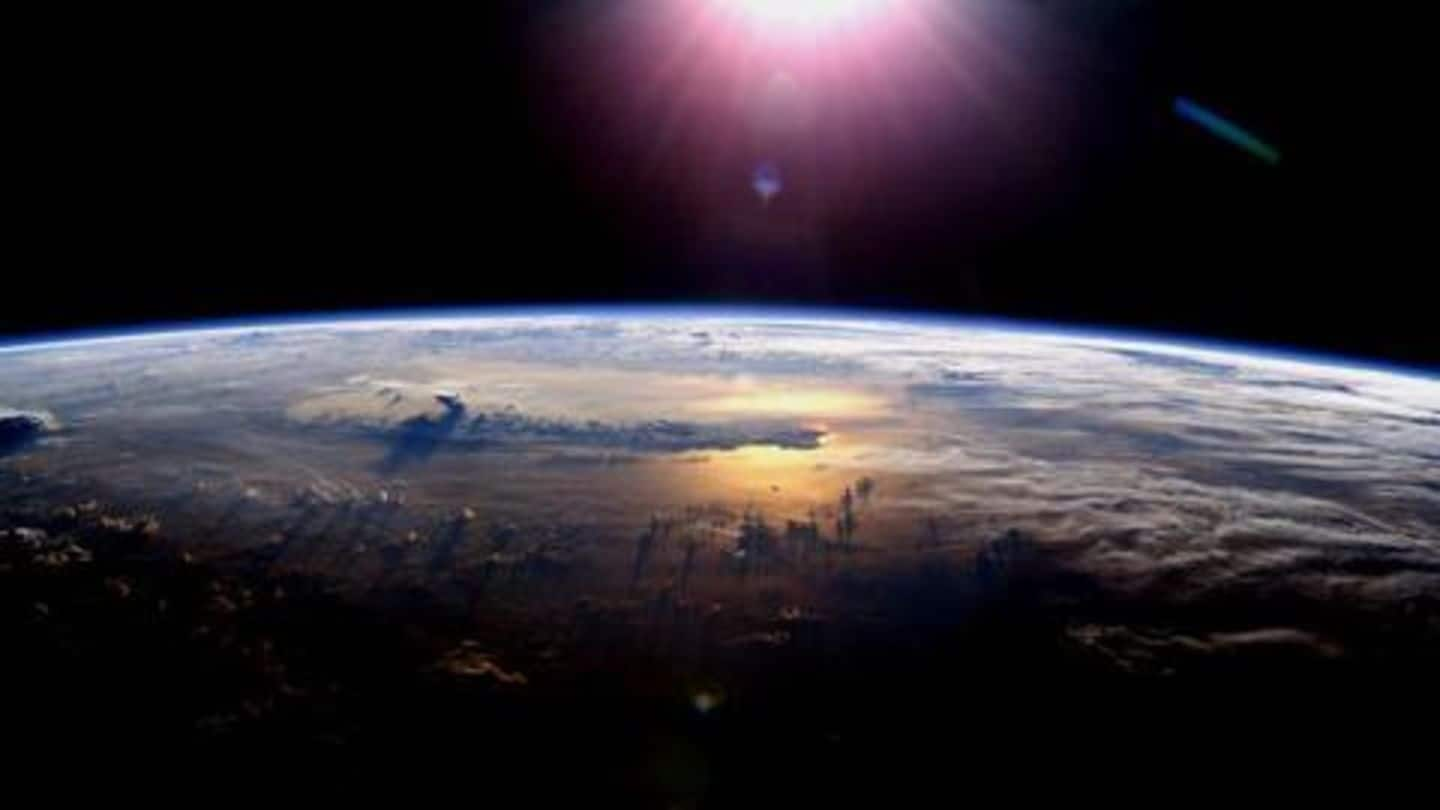
#ClimateChange: Harvard scientists to dim the Sun in 2019?
What's the story
With climate catastrophe headed humanity's way, scientists are exploring all possible options to slow down the march of impending disaster.
One such idea is to cool down the Earth by dispersing compounds into the atmosphere and reflecting some of the Sun's energy back into space.
While this idea is an old one, Harvard scientists are finally gearing up for a real-life test in 2019.
Do you know?
Where the idea of solar geoengineering comes from
In 1991, Mount Pinatubo in the Philippines erupted and injected 20 million tons of sulfur dioxide in the stratosphere, and created a haze of sulfate particles that reflected the Sun's rays and cooled the Earth by 0.5 degrees Celsius. For 18 months, the Earth's average temperature remained similar to pre-industrial times.
Experiment
Blacken the cursed Sun
The Harvard experiment, of course, will be conducted on a tiny scale to test the idea.
According to reputed science magazine Nature, scientists will send a steerable balloon up to the stratosphere to disperse 100gm of calcium carbonate.
Once the compound is dispersed into the stratosphere, the balloon will use laser imaging to observe how the particles disperse.
This data will then be used to model how such an operation might pan out on a larger scale.
Information
Calcium carbonate vs sulfate aerosols
The experiment will use calcium carbonate owing to easy availability and the fact that it could stay the stratosphere for years. However, sulfate aerosols could be used in future in large-scale solar geoengineering efforts as it would reflect more heat.
Details
The experiment will cost around $3mn
The experiment, called Stratospheric Controlled Perturbation Experiment (SCoPEx), will cost in the ballpark of $3mn, and will be carried out above southwest United States.
It's expected to launch sometime in the first half of 2019, and will become the first solar geoengineering test to be carried out in human history.
Critics, however, are skeptical about the experiment and its potential implications.
Risks
The risks associated with large scale solar geoengineering
For starters, some researchers say that large scale solar geoengineering, if carried out, could lead to altered precipitation patterns, which, in turn, could lead to an increase in droughts in some areas.
Other researchers, based on previous scientific evidence, say that solar geoengineering could lead a reduction in the yields of several crops like maize, wheat, rice, and soya.
Benefits
The potential benefits of solar geoengineering
However, the scientists involved in the experiment say that potential benefits of solar geoengineering might outweigh the potential negative effects.
According to them, solar geoengineering would reduce losses in arctic permafrost, promote growth of forests, and reduce the need to cool buildings, thereby resulting in lower amounts of carbon getting deposited in the atmosphere.
Geoengineering
The arguments for and against geoengineering
Many critics hold that geoengineering efforts are mere temporary solutions to the problems posed by climate change, and seek to address the symptoms of climate change rather than its cause - global carbon emissions caused by human activity.
On the other hand, advocates of geoengineering hold that even a temporary solution to slow down the effects of climate change is better than no solution.
Data
In terms of costs, solar geoengineering does seem feasible
In terms of affordability, solar geoengineering might turn out to be feasible. A recent report by the Intergovernmental Panel on Climate Change (IPCC) suggested that a fleet of aircraft spraying sulfate aerosols could cool the Earth by 1.5 degrees Celsius at a cost of $1bn to $10 per year.